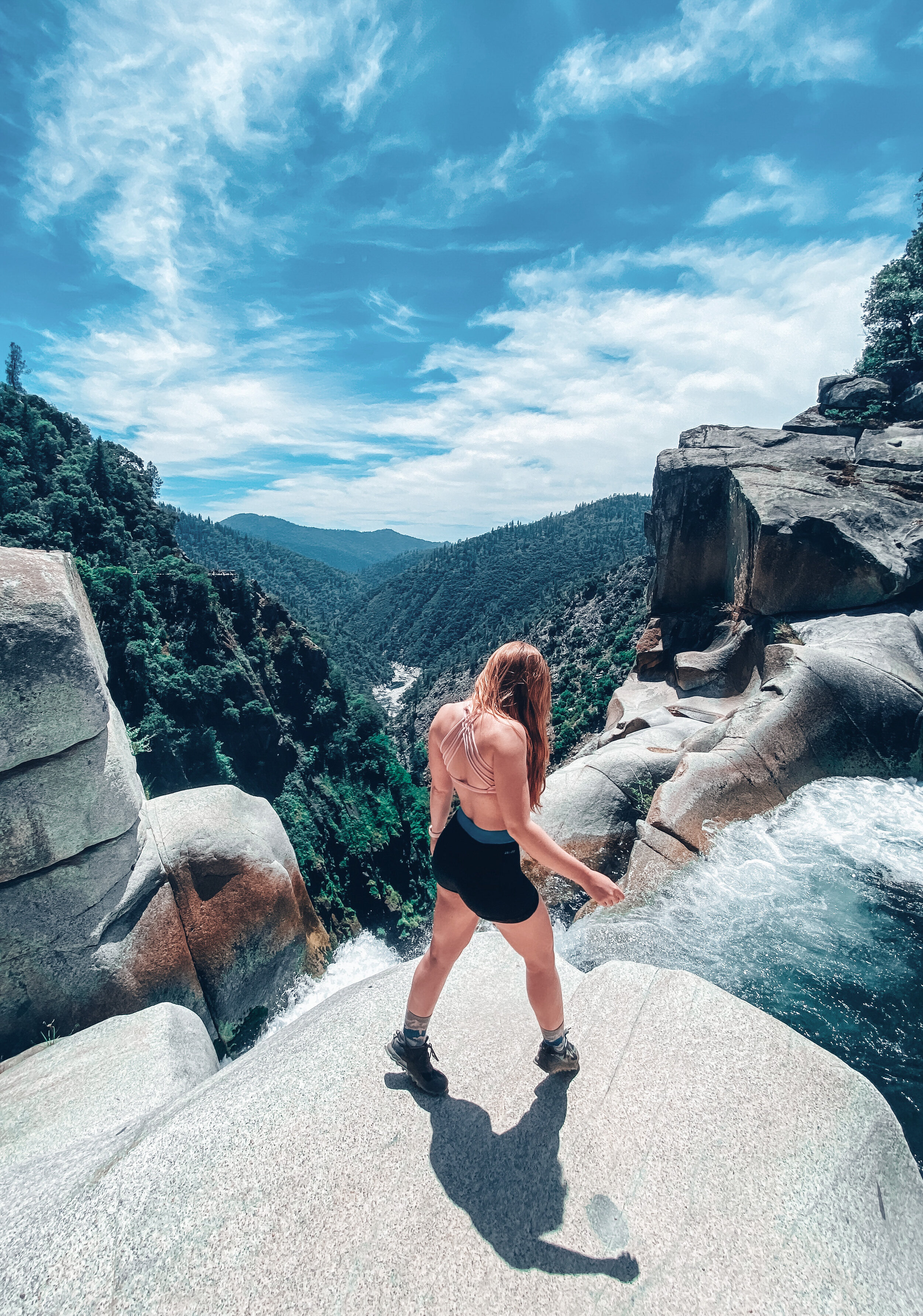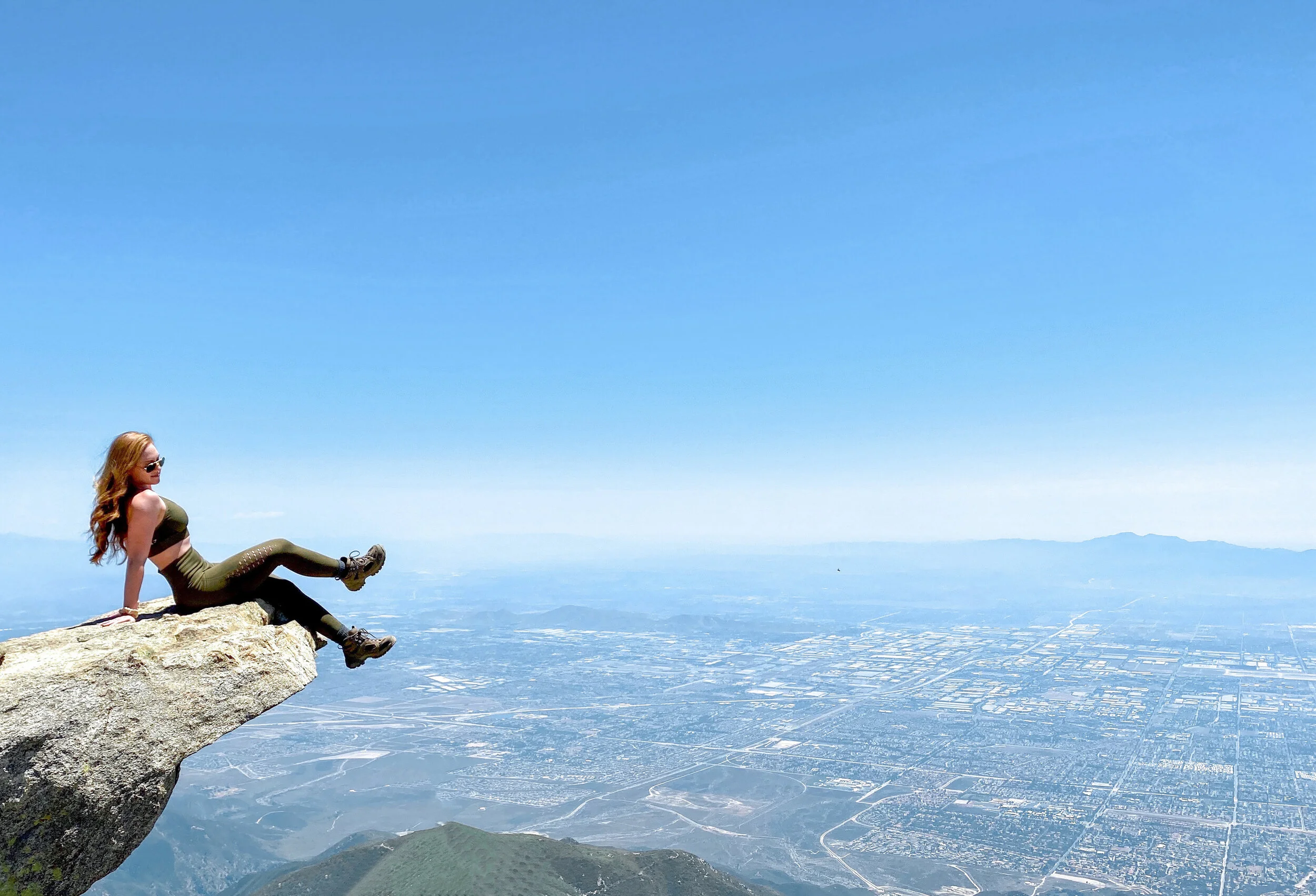How to Find Outdoor Adventures
It’s almost the weekend and you’re craving an adventure. However, the stress of finding a place to go, activities to do, and friends to go with, deters you from even going anywhere. Where can you go to find cool spots? How do you find the best hiking trails? Can you camp there?
The answers are more simple than you’d think. If you know where to do your research, you can quickly find and be prepared for a perfect adventure weekend. If you don’t have anyone to go with, go solo. Solo trips are peaceful and empowering and just as amazing.
I’ve found all of my favorite spots through research and trial and error. Here are my best tips on finding the best spots. Follow these and you’ll be off on an incredible adventure in no time.
1. Decide what you want to do
Hike, camp, backpack, climb, or something else?
Mountains, ocean, desert, alpine Lake, slot Canyon, or any of the above?
How far are you willing to drive or travel?
Do you have time off of work or just a weekend?
2. Search on Google Maps
What better way to find a new spot than an old fashioned map. I’ve found so many amazing places just by zooming into certain areas. For example, if you’re looking to do a multiple day trip in Northern California, you can zoom into the area and choose a few options within driving distance from each other. You may choose to go to Lake Tahoe then Lassen National Park/Forest. Make sure to choose multiple destination options as there’s always the chance of obstacles (weather, permits, campsites, road conditions, etc.)!
Example of Google Maps in Northern California
3. Score a permit
Find out if you need a permit for the park or area you are headed. You can check the National Park or National Forest website to determine this information. In most parks, it can be very difficult to obtain a permit. If this is the case, you may have to choose an alternative location.
If you don’t need a permit, you can skip this step!
4. Choose the best hikes and activities
Once you have your top location options, you can dig into the details! These are my top resources to find hikes and activities:
All Trails: My favorite app for finding hiking or backpacking trails. You can type in a specific area or park and it’ll give you all of your options. I highly recommend upgrading to AllTrails+ for $35.99/year (use code juliet30 for 30% off!) so you can download trails offline before you go. This has saved me a countless number of times. Also be sure to read recent reviews from the trail. You’ll find current trail conditions or recommendations.
Facebook Groups: This one may surprise you but it’s SO helpful. There’s hiking, backpacking, and camping Facebook groups for almost every geographical area, national park, and national forest. You can connect with other outdoor enthusiasts in the area, ask questions, find out current conditions, or learn about secret spots!
Blogs: Our good friend Google can be extremely helpful in planning a trip. Type in “best hikes in ____”, “guide to ____”, or “weekend trip in ___ park”. You’ll be sure to find many blog posts with recommendations and tips.
Adventurous friends or rangers: Talk to other outdoor lovers and ask for recommendations. You’ll be surprised what you can learn just by asking others.
5. Find a place to camp
You have your locations chosen and your favorite hikes downloaded, now what? If I don’t plan to backpack a specific trail, this step is important to plan.
IOverlander: This is one of my favorite apps while planning adventures. You can find tons of off-the-beaten path camping spots (they literally give you a GPS coordinate instead of an address) for both car and tent camping. Most of these campsites are found on BLM (Bureau of Land Management) or forest service land. The app also provides insight on where to find water, showers, gas, mechanics, and other categories.
Campgrounds: If you prefer to stay at a primitive campground or if there’s no dispersed camping where you’re going, you can normally book campsites on either recreation.gov or Reserve America.
6. Check on any closures or potential obstacles
Check the national park/national forest page OR call a ranger to ask about trail conditions, closures, water availability, weather, road conditions, parking, etc.
You can also check the location on social media to see if people were recently in the area or on the trails. It can sometimes be a good indicator of park or trail conditions!
7. Pack up and hit the road. It’s time for that weekend adventure you’ve been craving.
As always, please remember to Leave No Trace (LNT) wherever you decide to go. If you want to learn more about it, you can check out my blog post!





